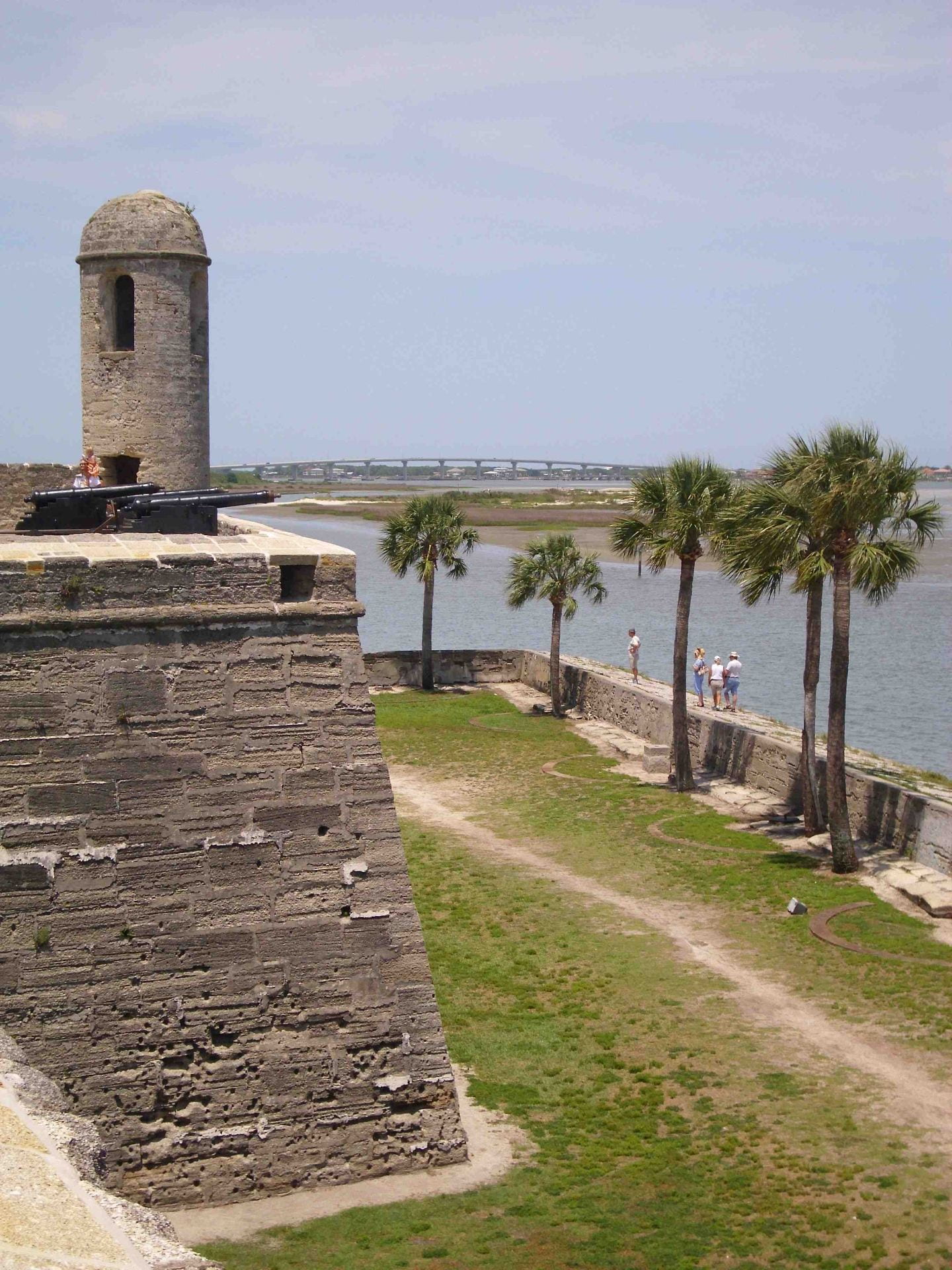
Teaching EAS: An Introduction – Carina Seagrave
EAS Miscellany’s series “Teaching EAS” highlights the many ways we can teach early American studies in our classes. Whether this consists of using an EAS article or how we discuss a particular topic in our classrooms, Teaching EAS aims to provide guidance to high school, college, and university educators in their lesson planning. We invite you to use our lesson plan template to demonstrate how you approach different topics in…


